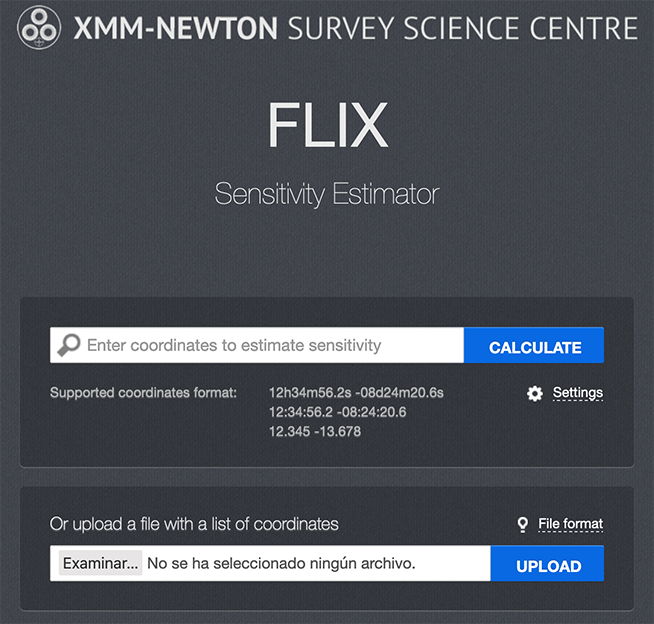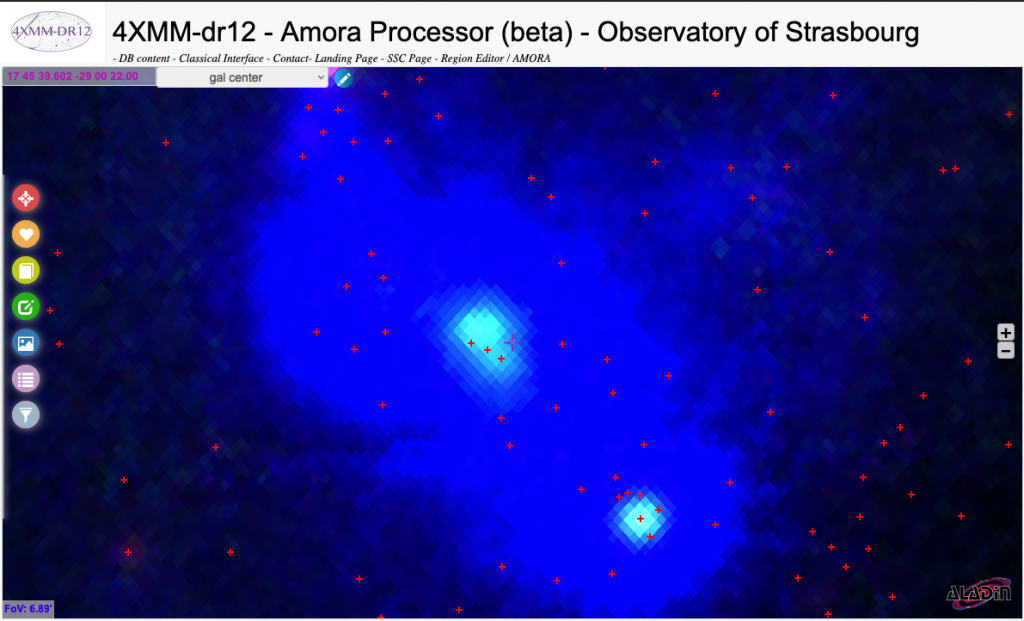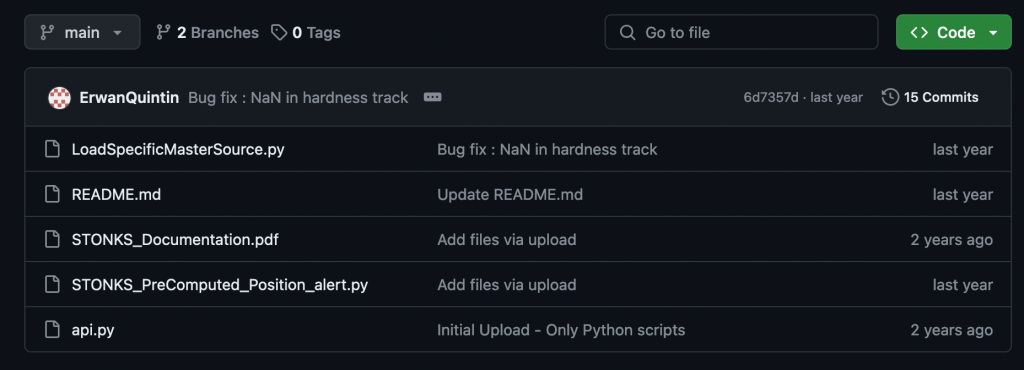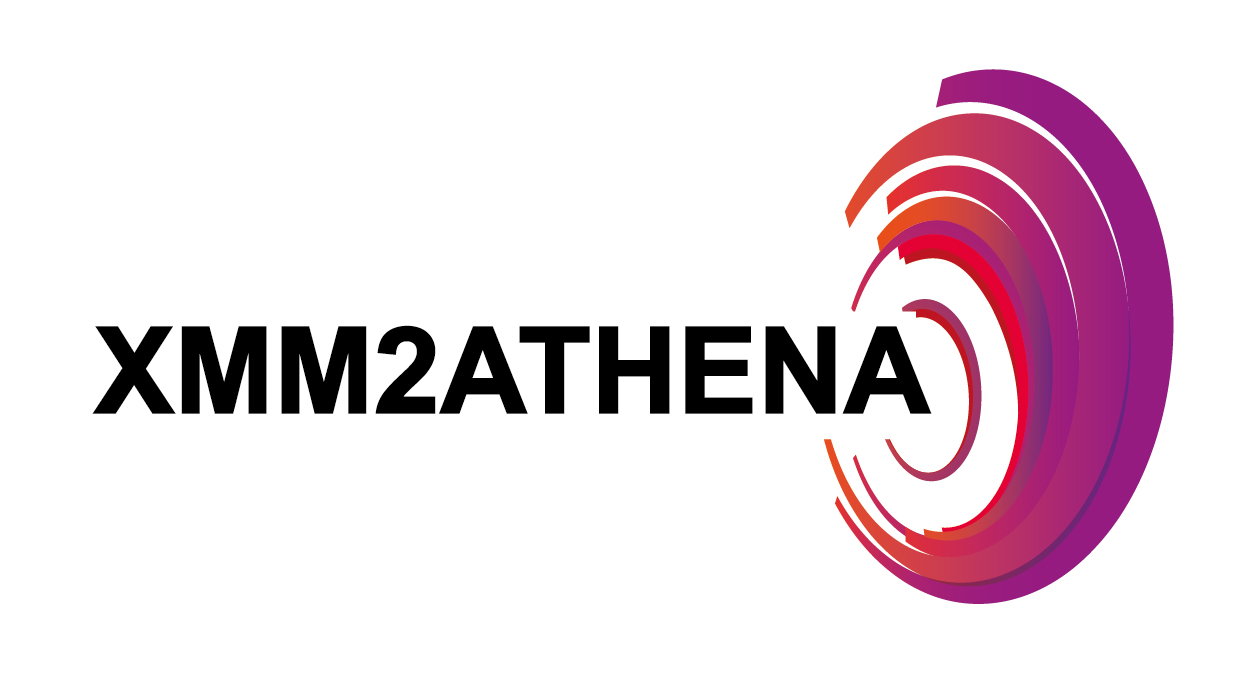FLIX: Sensitivity Estimator for XMM-Newton data

FLIX is provided by the XMM-Newton Survey Science Centre at IRAP and is based on 4XMM Data Release 13 data provided by the XMM-Newton Survey Science Centre Consortium.
What FLIX does: if you provide a position of interest on the sky, FLIX scans the public data products from XMM-Newton to determine whether each point was observed.
More information:
XMM SED Finder

The SED Finder allows you to retrieve the SEDs computed for a given XMM source.
- SED have been computed by the SSC for the 4XMMdr13 catalogues (pointed and stacked)
- SEDs are returned as tarballs containing both FITS files and plots.
- There is one pair (fits,plot) per SED with a numbering starting at 0 (the most likely correlation pattern).
More information:
Amora: Asynchronous Multi-Observation Region-based Analysis

Amora allows users to access all the events/photons that were collected by the XMM-Newton mission in the region of interest and to process them interactively.
Users can draw a polygon or a circle isolating that region ; they can also define another area that will be used as a background region. Once the region is validated, Amora lists observations that cover it along with their properties, allowing the user to choose which observations to use for further analysis. On these selected data, the user has just to select the processing tasks (e.g. building spectra) that will run on the server. The processing output is displayed in real time on the screen, allowing an efficient monitoring of the task progress. Results are provided as both previews for a quick look and as science products that can be downloaded for further analysis.
More information:
https://xcatdb.unistra.fr/xsasdbhttps://xcatdb.unistra.fr/xsasdb
STONKS: Search for Transient Objects in New detections using Known Sources

STONKS software is meant to allow automatic comparison between the detections of a new XMM-Newton observation, and all the available archival X-ray data. It will send out an alert and save the lightcurve and available data for all sources with a long-term variability over a factor of 5. The updated framework is meant to be used with a single input position and flux state.
This software was developed as part of the XMM2ATHENA project.
More information:
https://github.com/ErwanQuintin/STONKS/tree/main

